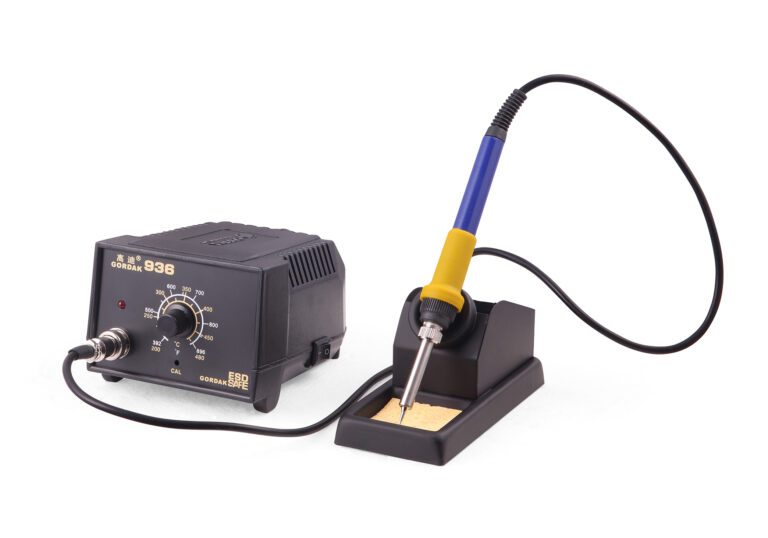When it comes to the design of DC power supply, there are majorly two types; the switch-mode also referred to as switching and the linear design.
Worthy of mention is the fact that either the switch-mode or linear power supply are both used for the supply of DC power. However, one marked difference between both power supply is the fact that the method employed in the production of power is widely different from one to the other.
Also, depending on what each type of power supply will be used for, each of these types of power supply have its own peculiar advantages and disadvantages over the other. For this reason, it is most expedient to partner with a reputable manufacturer in order to get the best power supply per time.
In this article, we shall be considering what is the striking differences between both the switch-mode as well as the linear mode of power supply.
Switch-mode power supply
This type of power supply works basically by converting the AC line of power into a DC voltage, and doenst have the need for a transformer. After the transfer of the AC power into a DC voltage, the DC voltage is later transformed into a high level frequency of AC signal. This high frequency SC signal is later used in within the regulator circuit for the purpose of producing the much needed current and voltage.

The resultant product of this series of conversion and transformation is a smaller transformer used for either lowering or raising the voltage compared to what would have been needed within an AC line frequency of about 60Hz.
More so, a swtih-mode power supply has a smaller and litter (about 80%) smaller than its linear counterpart. However, it usually generates a high amount of noise, which can affect very sensitive electrical equipment.
Compared to linear power supplies, the switch-mode power supplies have the ability to tolerate small losses of AC power within the range of about 10-20ms, and this wont affect its outputs.
Frankly speaking, these little transformers are usually more beneficial than a 60Hz transformer, and this usually gives a higher power conversion ratio.
Liner power supply
In a linear power supply, the AC line voltage is usually used in powering transformer to either lower or raise the voltage before it is being used on the regulatory circuit.
The linear power supply usually produces a heavier and larger power supply because the size of the transformer is always indirectly proportional to the frequency from the operation.
In most cases, a linear power supply usually requires a bigger semiconductor equipment that will control the output voltage in order to produce more heat, which will invariably lead to a smaller energy efficiency. Also, a linear power supply usually works at about 60% efficiency for about 24V output, compared to a swtich mode power supply at operates at about 80% or even more.

Interestingly, linear power supply usually have a brief response time of about 100 times, which is faster compared to the switch-mode power supply. This, you can tell is very important in some special areas of applications.
In summary, the switch-mode power supply is designed specifically for small equipment. This is so because it is more compact and lighter. However, for most analog circuit and power sensitive equipment, the linear power supply is most suited for this.
Contact us for the best power supply
We are proud to be a leading brand that is specialized in the design and manufacture of various types of power supply including both linear and switch-mode.
Do you have a need for the best product at a price that wont break the bank? If yes, then kindly click here to reach us for all our high quality product.



